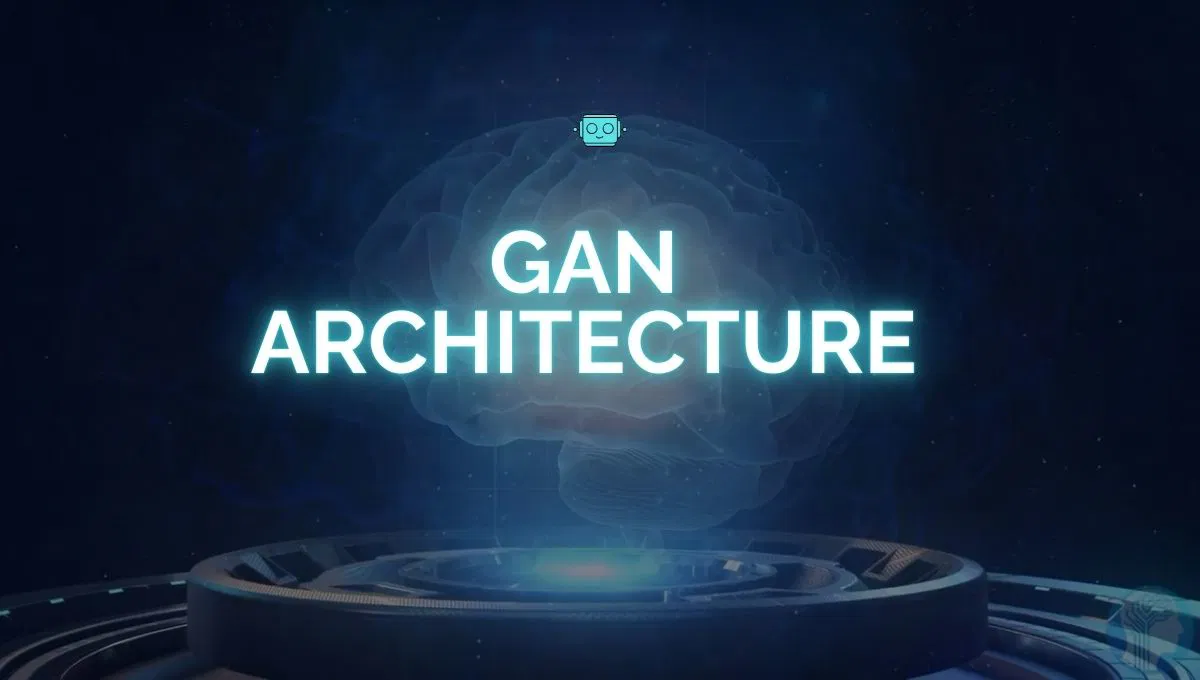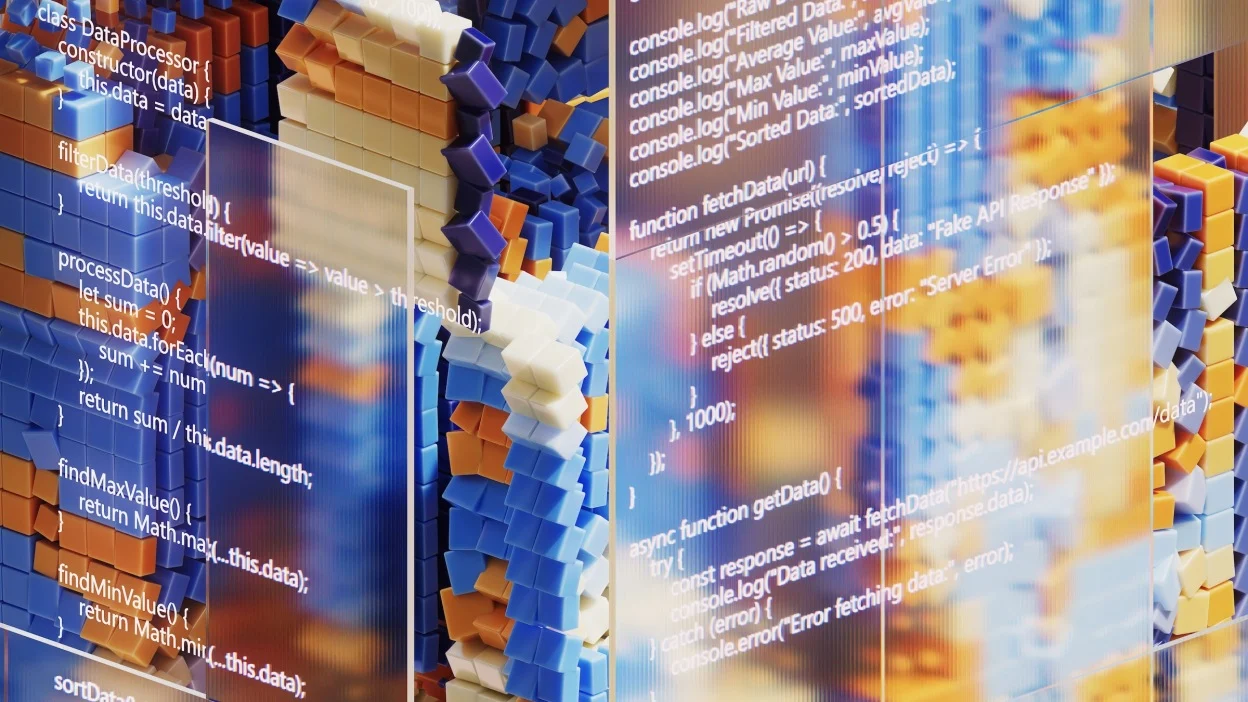
Networking is the backbone of modern communication and a critical area for ethical hackers to understand. A solid grasp of networking concepts allows you to identify vulnerabilities, analyze network traffic, and ultimately, secure systems. This lesson introduces the fundamental models that govern how networks operate: the TCP/IP model and the OSI model. Understanding these models provides a framework for comprehending network protocols, addressing schemes, and data transmission methods, all of which are essential for effective ethical hacking.
The TCP/IP Model
The TCP/IP (Transmission Control Protocol/Internet Protocol) model is a conceptual framework that defines how data is transmitted across the internet. It’s a four-layer model, each layer responsible for a specific set of functions. Understanding this model is crucial for analyzing network traffic and identifying potential vulnerabilities.
Layer 1: Application Layer
The Application Layer is the top layer of the TCP/IP model. It’s responsible for providing network services to applications. This layer interacts directly with the end-user and provides the interface for applications to access network resources.
- Functionality: This layer defines the protocols used by applications to exchange data. It handles tasks such as identifying communication partners, determining resource availability, and synchronizing communication.
- Protocols: Common protocols at this layer include:
- HTTP (Hypertext Transfer Protocol): Used for transferring web pages and other web-based content.
- HTTPS (HTTP Secure): A secure version of HTTP that uses encryption to protect data in transit.
- SMTP (Simple Mail Transfer Protocol): Used for sending email.
- DNS (Domain Name System): Used for translating domain names into IP addresses.
- FTP (File Transfer Protocol): Used for transferring files between computers.
- SSH (Secure Shell): Used for secure remote access to a computer.
- Example: When you open a web browser and type in a URL, the Application Layer uses HTTP or HTTPS to request the web page from the server. The server then sends the web page back to your browser using the same protocol.
- Hypothetical Scenario: Imagine you’re developing a new social media application. The Application Layer would define the protocols used for users to post updates, send messages, and share content. It would handle the communication between the application on the user’s device and the server hosting the social media platform.
Layer 2: Transport Layer
The Transport Layer is responsible for providing reliable and ordered delivery of data between applications. It ensures that data is transmitted correctly and efficiently.
- Functionality: This layer segments data into smaller packets, adds header information for addressing and error detection, and transmits the packets to the destination. It also handles flow control to prevent the sender from overwhelming the receiver.
- Protocols: The two main protocols at this layer are:
- TCP (Transmission Control Protocol): Provides reliable, connection-oriented communication. It guarantees that data is delivered in the correct order and without errors. TCP is used by applications that require reliable data transfer, such as web browsing, email, and file transfer.
- UDP (User Datagram Protocol): Provides unreliable, connectionless communication. It does not guarantee that data is delivered in the correct order or without errors. UDP is used by applications that can tolerate some data loss, such as streaming video and online gaming.
- Example: When you download a file from the internet, TCP is used to ensure that all the data packets are received correctly and assembled in the correct order. If a packet is lost or corrupted, TCP will request that it be retransmitted.
- Hypothetical Scenario: Consider a video conferencing application. UDP might be used for transmitting the video and audio streams because it’s more efficient and can tolerate some data loss. If a few packets are lost, it might result in a brief glitch in the video or audio, but the overall experience will still be acceptable.
Layer 3: Internet Layer
The Internet Layer is responsible for routing data packets between networks. It uses IP addresses to identify devices on the network and determines the best path for data to travel.
- Functionality: This layer adds IP addresses to data packets, routes the packets across networks, and handles fragmentation and reassembly of packets if necessary.
- Protocol: The main protocol at this layer is:
- IP (Internet Protocol): Provides a unique address for each device on the network. IP addresses are used to route data packets from the source to the destination. We will cover IPv4 and IPv6 in the next lesson.
- Example: When you send an email, the Internet Layer uses IP addresses to route the email from your computer to the mail server and then to the recipient’s mail server.
- Hypothetical Scenario: Imagine you’re playing an online game with players from all over the world. The Internet Layer is responsible for routing your game data to the other players’ computers, ensuring that everyone can participate in the game.
Layer 4: Network Access Layer
The Network Access Layer (also known as the Link Layer) is the bottom layer of the TCP/IP model. It’s responsible for providing access to the physical network.
- Functionality: This layer handles the physical transmission of data over the network. It includes protocols for accessing the network medium, such as Ethernet and Wi-Fi, and for framing data into packets.
- Protocols: Common protocols at this layer include:
- Ethernet: A standard for wired network communication.
- Wi-Fi: A standard for wireless network communication.
- ARP (Address Resolution Protocol): Used to map IP addresses to MAC addresses.
- Example: When you connect your computer to a Wi-Fi network, the Network Access Layer uses the Wi-Fi protocol to establish a connection with the wireless access point. It then transmits data packets over the wireless network.
- Hypothetical Scenario: Consider a smart home device, such as a smart light bulb. The Network Access Layer would handle the communication between the light bulb and the home network, allowing you to control the light bulb from your smartphone or other devices.
The OSI Model
The OSI (Open Systems Interconnection) model is another conceptual framework for understanding network communication. It’s a seven-layer model that provides a more detailed breakdown of the functions involved in data transmission. While the TCP/IP model is the dominant model used in practice, understanding the OSI model can provide a deeper understanding of networking concepts.
Layer 1: Physical Layer
The Physical Layer is the bottom layer of the OSI model. It’s responsible for the physical transmission of data over a communication channel.
- Functionality: This layer defines the physical characteristics of the network, such as the voltage levels, data rates, and physical connectors. It also handles the transmission and reception of raw data bits.
- Protocols/Technologies: Examples include Ethernet cables, fiber optic cables, radio waves (for Wi-Fi), and Bluetooth.
- Example: The Physical Layer defines the type of cable used to connect your computer to the network, the voltage levels used to represent data bits, and the speed at which data is transmitted.
- Hypothetical Scenario: Imagine a robotic arm in a factory. The Physical Layer would define the physical connections and communication protocols used to send commands to the arm’s motors and sensors.
Layer 2: Data Link Layer
The Data Link Layer is responsible for providing error-free transmission of data between two directly connected nodes.
- Functionality: This layer frames data into packets, adds error detection codes, and controls access to the network medium. It also handles addressing using MAC addresses.
- Protocols: Common protocols at this layer include Ethernet, Wi-Fi, and PPP (Point-to-Point Protocol).
- Example: When your computer sends data to another device on the same network, the Data Link Layer adds a header containing the destination MAC address. The network switch uses this MAC address to forward the data to the correct device.
- Hypothetical Scenario: Consider a network of sensors in a smart building. The Data Link Layer would ensure that data from each sensor is transmitted reliably to the central control system, even in the presence of noise or interference.
Layer 3: Network Layer
The Network Layer is responsible for routing data packets between networks.
- Functionality: This layer adds IP addresses to data packets, routes the packets across networks, and handles fragmentation and reassembly of packets if necessary.
- Protocol: The main protocol at this layer is IP (Internet Protocol).
- Example: When you access a website, the Network Layer uses IP addresses to route your request from your computer to the web server and back.
- Hypothetical Scenario: Imagine a drone delivering packages. The Network Layer would be responsible for routing the drone’s flight path based on the destination address, ensuring that the package is delivered to the correct location.
Layer 4: Transport Layer
The Transport Layer is responsible for providing reliable and ordered delivery of data between applications.
- Functionality: This layer segments data into smaller packets, adds header information for addressing and error detection, and transmits the packets to the destination. It also handles flow control to prevent the sender from overwhelming the receiver.
- Protocols: The two main protocols at this layer are TCP (Transmission Control Protocol) and UDP (User Datagram Protocol).
- Example: When you stream a video, the Transport Layer uses TCP or UDP to transmit the video data from the server to your device.
- Hypothetical Scenario: Consider a real-time stock trading application. The Transport Layer would ensure that all the trading data is transmitted reliably and in the correct order, preventing errors that could lead to financial losses.
Layer 5: Session Layer
The Session Layer is responsible for establishing, managing, and terminating sessions between applications.
- Functionality: This layer handles authentication, authorization, and session recovery. It also provides mechanisms for synchronizing data transfer and managing dialogues between applications.
- Protocols: Examples include NetBIOS, SAP, and PPTP.
- Example: When you log in to a website, the Session Layer establishes a session between your browser and the web server. This session allows the server to track your activity and maintain your login state.
- Hypothetical Scenario: Consider a multi-player online game. The Session Layer would manage the connections between the players, ensuring that everyone can interact with each other in a synchronized and coordinated manner.
Layer 6: Presentation Layer
The Presentation Layer is responsible for data representation and encryption.
- Functionality: This layer handles data formatting, encryption, and compression. It ensures that data is presented in a format that is understandable by both the sender and the receiver.
- Protocols/Standards: Examples include SSL/TLS (for encryption), ASCII, and JPEG.
- Example: When you access a secure website using HTTPS, the Presentation Layer encrypts the data transmitted between your browser and the web server, protecting it from eavesdropping.
- Hypothetical Scenario: Consider a medical imaging system. The Presentation Layer would ensure that the medical images are formatted and compressed in a standard way, allowing doctors to view them on different devices and platforms.
Layer 7: Application Layer
The Application Layer is the top layer of the OSI model. It’s responsible for providing network services to applications.
- Functionality: This layer provides the interface for applications to access network resources. It includes protocols for email, file transfer, web browsing, and other network services.
- Protocols: Common protocols at this layer include HTTP, SMTP, FTP, and DNS.
- Example: When you send an email, the Application Layer uses SMTP to format and transmit the email message to the mail server.
- Hypothetical Scenario: Imagine a cloud storage service. The Application Layer would provide the interface for users to upload, download, and manage their files stored in the cloud.
Comparing the TCP/IP and OSI Models
| Feature | TCP/IP Model | OSI Model |
|---|---|---|
| Number of Layers | 4 | 7 |
| Layers | Application, Transport, Internet, Network Access | Physical, Data Link, Network, Transport, Session, Presentation, Application |
| Focus | Practical Implementation | Theoretical Reference |
| Development | Developed after the internet | Developed before the internet |
| Complexity | Simpler | More Complex |
The TCP/IP model is more practical and widely used in the real world, while the OSI model is more theoretical and provides a more detailed breakdown of network functions. The TCP/IP model combines several OSI layers into a single layer, making it simpler to implement.
Exercises
- Identify the Layer: For each of the following scenarios, identify which layer of the TCP/IP model is primarily involved:
- Sending an email.
- Connecting to a Wi-Fi network.
- Downloading a file from a website.
- Routing data packets across the internet.
- Protocol Matching: Match the following protocols to the correct layer of the OSI model:
- HTTP
- TCP
- IP
- Ethernet
- SSL/TLS
- Scenario Analysis: Describe how the TCP/IP model is used when you browse a website. Explain the role of each layer in the process.
- Model Comparison: Explain the key differences between the TCP/IP and OSI models. Why is the TCP/IP model more widely used in practice?
Summary
This lesson introduced the fundamental networking models: TCP/IP and OSI. The TCP/IP model, with its four layers, provides a practical framework for understanding how data is transmitted across the internet. The OSI model, with its seven layers, offers a more detailed theoretical view of network functions. Understanding both models is crucial for ethical hackers, as it provides a foundation for analyzing network traffic, identifying vulnerabilities, and securing systems.
Next steps include diving deeper into IP addressing (IPv4 and IPv6) and exploring common network protocols like HTTP, HTTPS, DNS, and SMTP. These concepts will build upon the foundation established in this lesson and provide you with the knowledge and skills needed to perform effective network reconnaissance and vulnerability analysis.







